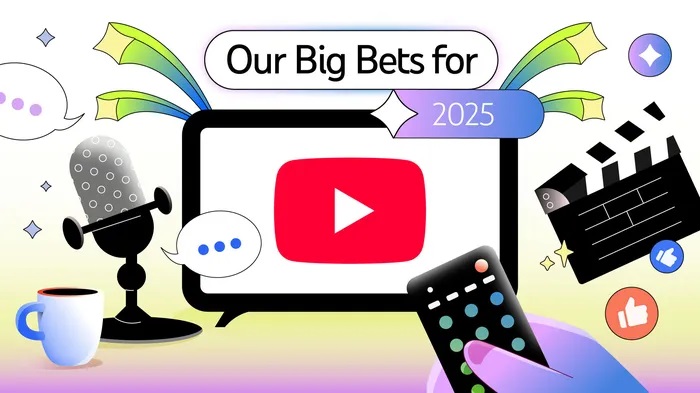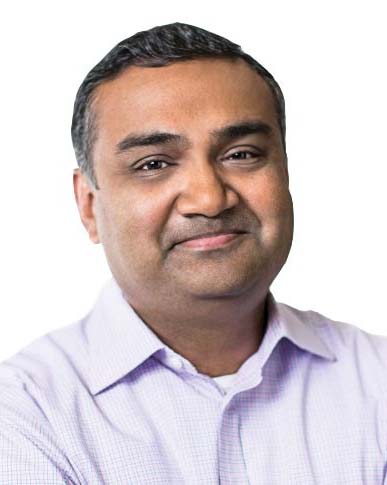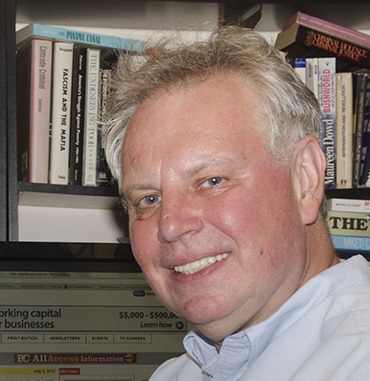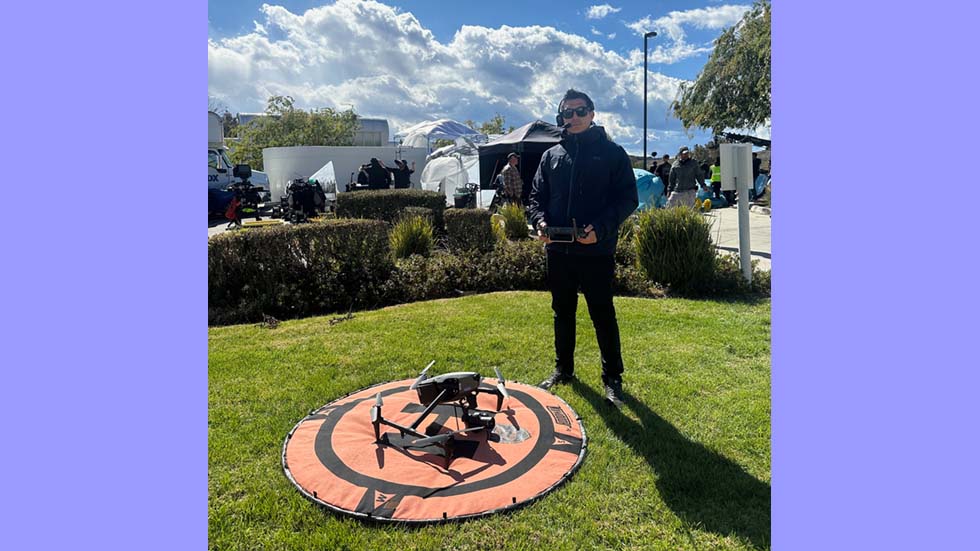YouTube CEO: More U.S. Viewers Are Watching on TV Than Mobile
More than 1 billion hours of YouTube content per day is viewed on TV sets in the U.S.

As YouTube gets ready to celebrate its 20th anniversary in 2025, its CEO posted a blog that shows a tectonic shift in the way consumers use the platform. Last December, TV surpassed mobile as the primary way viewers watch the streaming service in the U.S.
“In two decades, YouTube has transformed culture through video and built a thriving creative economy.,” wrote Neal Mohan, CEO YouTube in his annual letter to consumers. “Today’s creators have moved from filming grainy videos of themselves on desktop computers to building studios and producing popular talk shows and feature-length films,” Mohan wrote. “And people aren’t just watching YouTube on their computers or phones. TV has surpassed mobile and is now the primary device for YouTube viewing in the U.S. (by watch time), and according to Nielsen, YouTube has been No. 1 in streaming watch time in the U.S. for two years. And while it’s still early days, AI is making a big difference in how people create and consume content on YouTube.”

Overall, Mohan reported that viewers are watching, on average, more than 1 billion hours of YouTube content on TVs daily, and TV was the primary means of YouTube viewing in the U.S. last December. “But the ‘new’ television doesn’t look like the ‘old’ television,” Mohan said. “It’s interactive and includes things like Shorts (yes, people watch them on TVs), podcasts and live streams, right alongside the sports, sitcoms and talk shows people already love.”
The blog also noted that YouTube is now the most frequently used service for listening to podcasts in the U.S. and a popular source of news. “On Election Day alone, over 45 million viewers across the U.S. watched content related to the election on YouTube,” Mohan said. “Some even called it ‘the YouTube election.’ ”
“YouTubers are becoming the startups of Hollywood,” Mohan stressed, with creators “bringing that startup mindset to Hollywood: leaning into new models of production, building studios to elevate their production quality and exploring new creative avenues. They are creating a whole new playing field for entertainment and the businesses behind them.”
“Last November, I attended the opening of Alan Chikin Chow’s 10,000-square-foot studio in Burbank,” he added. “It was a bold, fun and colorful space filled with cutting-edge equipment that produces incredible entertainment watched by millions around the world. And this isn’t just happening in Hollywood: Kinigra Deon is building a studio in Birmingham, Alabama, and last November the creators behind channels Mia Plays and Kouman opened their studio in North Vancouver.”
In terms of subscription services, he noted that YouTube TV has more than 8 million subscribers and YouTube Music & Premium has more than 100 million subscribers (including trials).
Get the TV Tech Newsletter
The professional video industry's #1 source for news, trends and product and tech information. Sign up below.
He also stressed the growing importance of AI on the platform, “from powering recommendations to producing captions to helping us identify and remove harmful content.”
“As we look ahead, we'll continue investing in AI tools that empower creators and artists throughout their creative journey,” Mohan said. “Last year, we rolled out Dream Screen and Dream Track which generate image backgrounds, video backgrounds and instrumental soundtracks for Shorts. We’ll continue investing in these features, including integrating Veo 2 into Dream Screen, soon.”
George Winslow is the senior content producer for TV Tech. He has written about the television, media and technology industries for nearly 30 years for such publications as Broadcasting & Cable, Multichannel News and TV Tech. Over the years, he has edited a number of magazines, including Multichannel News International and World Screen, and moderated panels at such major industry events as NAB and MIP TV. He has published two books and dozens of encyclopedia articles on such subjects as the media, New York City history and economics.

